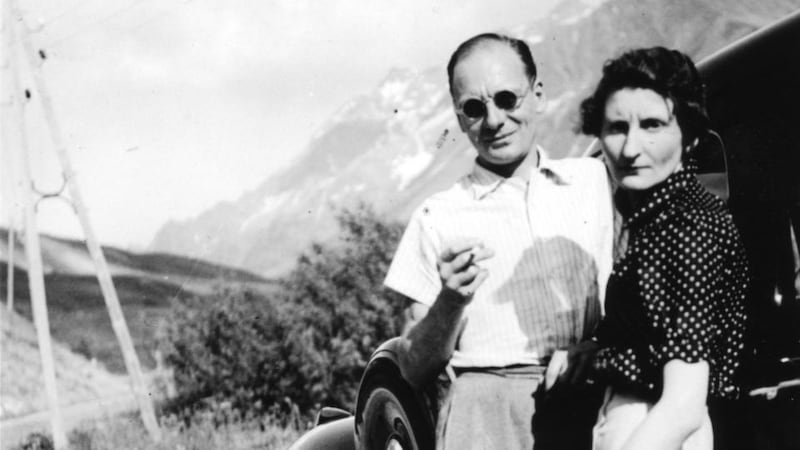While WB Yeats was mythologising the ascendancy world of the big house in The Winding Stair, in 1933, Molly Keane was busy demythologising it. As so often, the insider's view was a good deal more sceptical than the outsider's. Yeats saw the big house as noble and its fate in a new Ireland as essentially tragic.
Keane (born Mary Skrine), who actually inhabited that world (her father was a sometime governor of Mauritius), extracted a dark hilarity from its decline. She painted it as a world in which people were better at dealing with horses than with their own tangled sexual relationships and, especially, with their children.
Erotic betrayal, bodily decay and duplicitous families give her brilliantly controlled comedies a sharpness that cuts through the skin of gentrified glamour to the bone of decline and despair. Good behaviour, the phrase she used as the title of her late masterpiece, is a mask for cruelty, sexual exploitation and denial of emotion.

Keane knew all about masks. In the 1930s she was a leading London playwright – her work was directed by John Gielgud and produced by Binkie Beaumont – and a successful novelist. But hardly anyone knew who she was, or even that she was a woman – the pseudonym she used, MJ Farrell, taken from a pub in Lismore, Co Waterford, gave nothing away.
She lived, until her marriage to Bobby Keane, in 1938, ostensibly as a big-house “gel” obsessed with horses and the social circuit of the hunt. And even MJ Farrell gradually disappeared. After Bobby’s early death, in 1946, she withdrew from writing to care for their two daughters in a modest house in Ardmore. In any case, Keane’s big-house comedies were out of kilter with the postwar mood of austerity and realism.
The central character of Keane's 1934 novel Devoted Ladies is Sylvester Browne, a successful Anglo-Irish novelist and playwright, based in London but spending his summers with his impoverished cousins Piggy and Hester in their big house, Kilque, in "County Westcommon". The action moves from London's Bohemia to Kilque, tracing the complicated relationships that develop between a group of ill-assorted people who come to stay with Piggy, Hester and Sylvester, particularly Jessica and Jane, a wealthy Anglo-American lesbian couple.
Sylvester is fascinated by the cruelty of the relationship between the two women, and much is made of the innocence of Anglo-Ireland when contrasted with deliciously decadent London. When Jane falls in love with a friend of his, the old-fashioned Anglo-Irish gentleman George Playfair, Sylvester abandons his role as an observer and strives to help Jane escape from Jessica.
The novel ends dramatically with his cousin, the often despised yet devoted Piggy, preparing to take extreme measures to preserve heterosexual marriage in the Anglo-Irish and exorcise the taint of London Bohemia and the threat of sexual deviance.
When, after a long silence, Molly Keane re-emerged in her own name in 1981, with the wickedly brilliant Good Behaviour, there would be no such assertion of comfortable values. Keane was then in her late 70s and had written without any expectation of being published.
By then, moreover, there was no doubt about the ultimate fate of the world she knew so well and depicted with such a masterly combination of light touch and heavy heart. It was always doomed, and, as Keane’s work had shown so skilfully, that doom came as much from the inside as from the outside forces of historical change.
You can read more
in the Royal Irish Academy's Dictionary of Irish Biography; see ria.ie
















